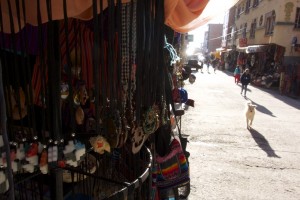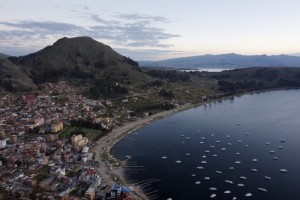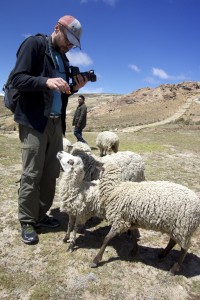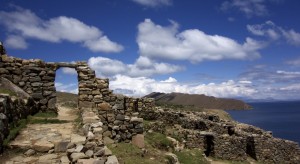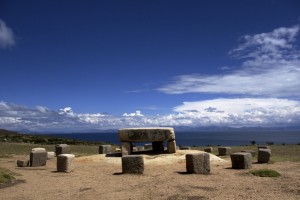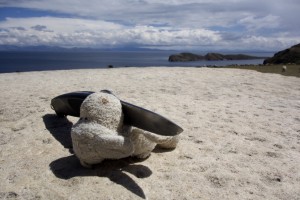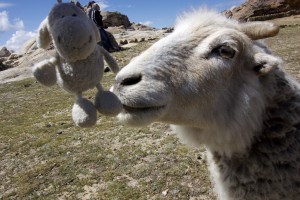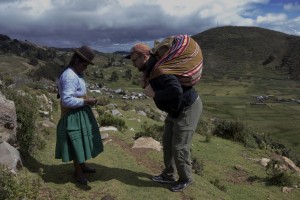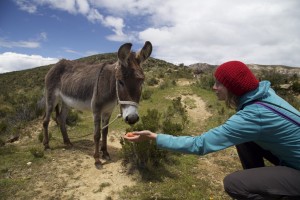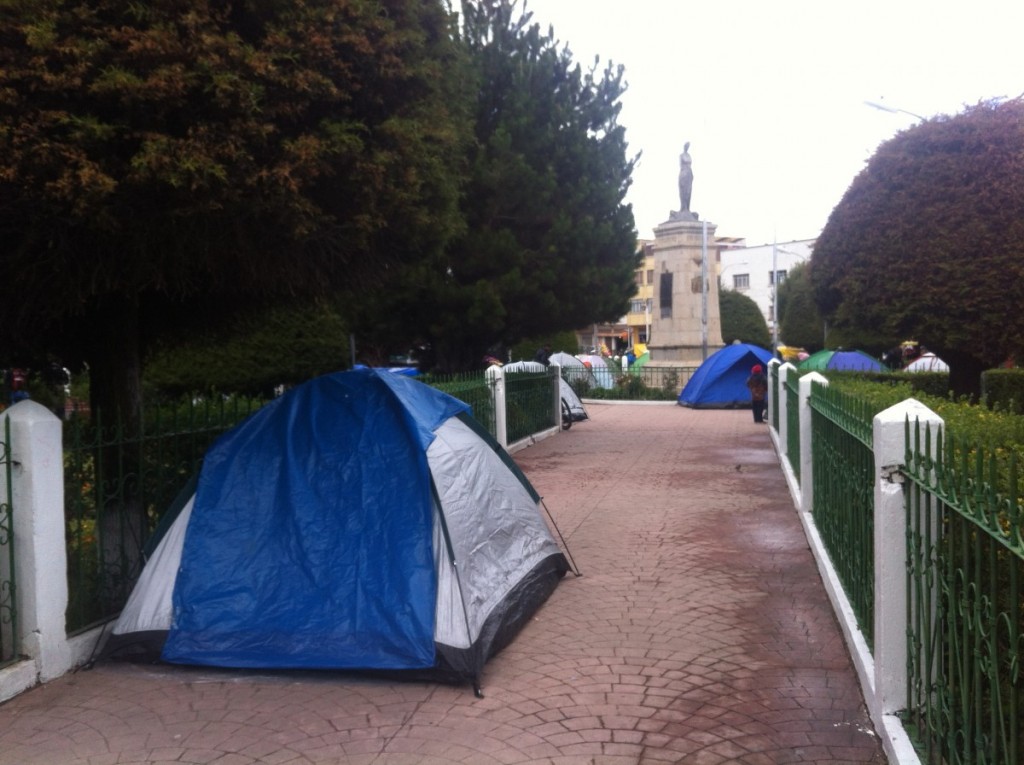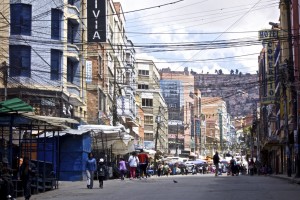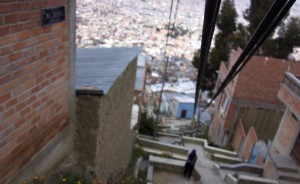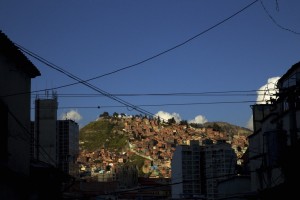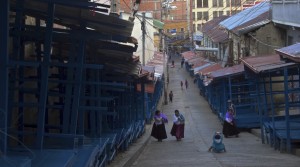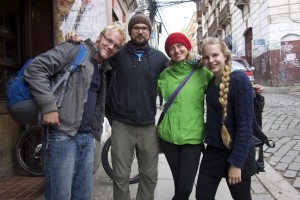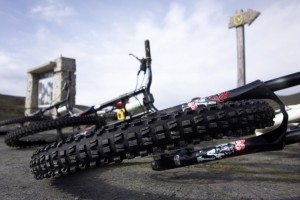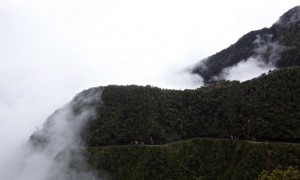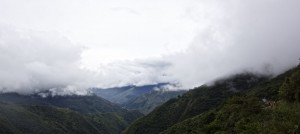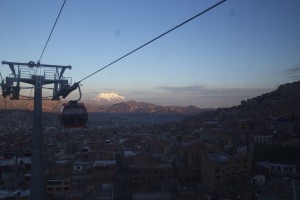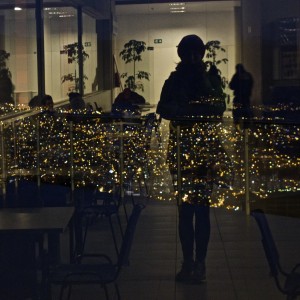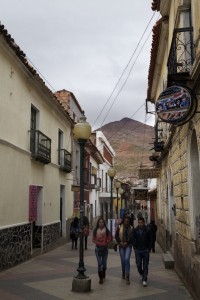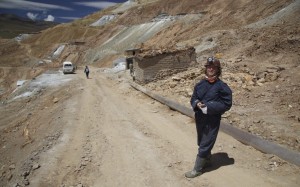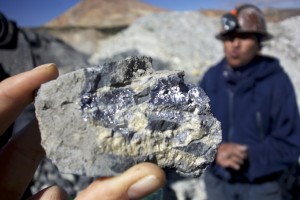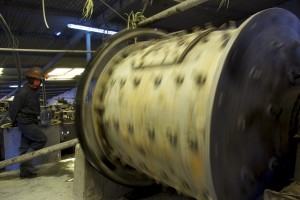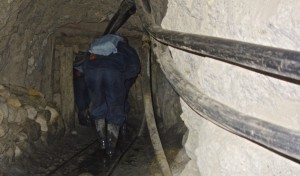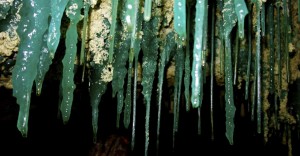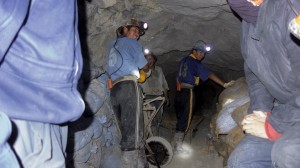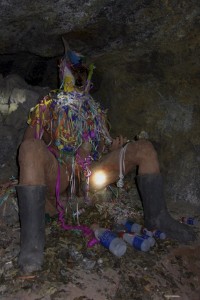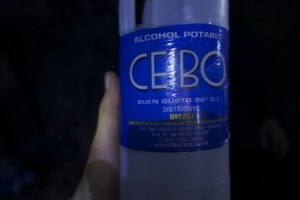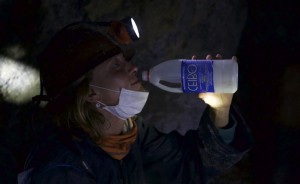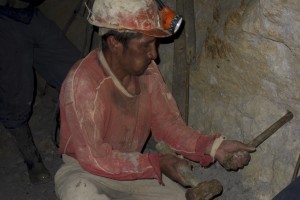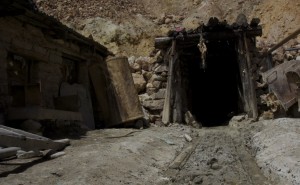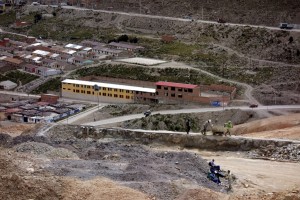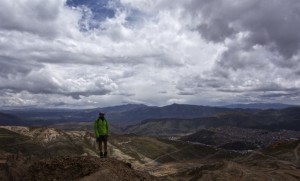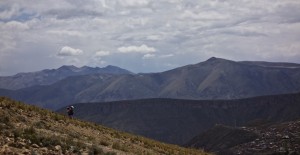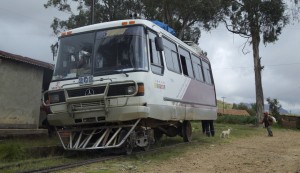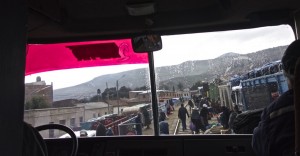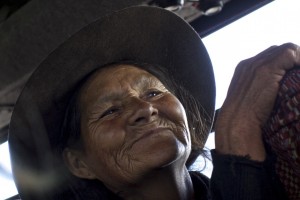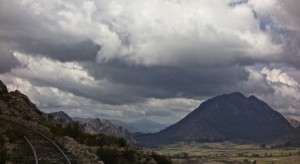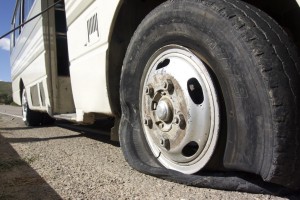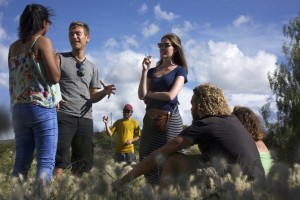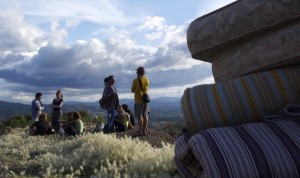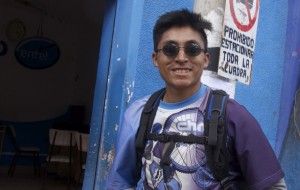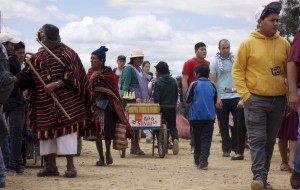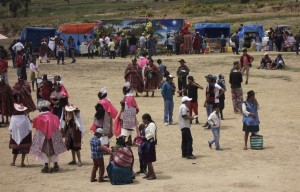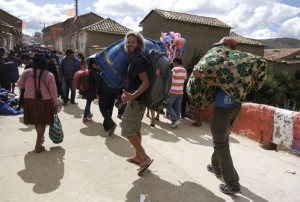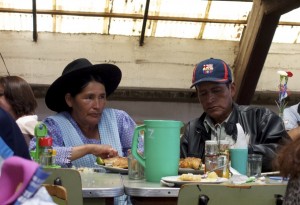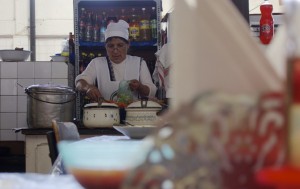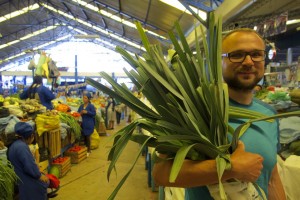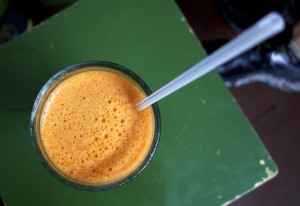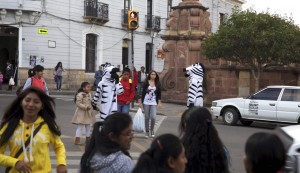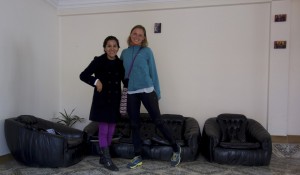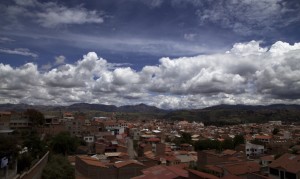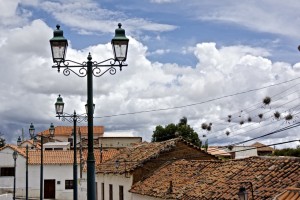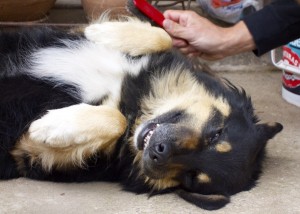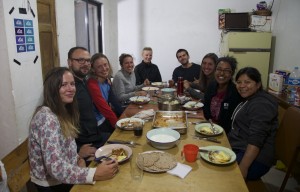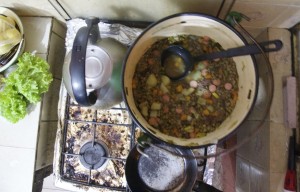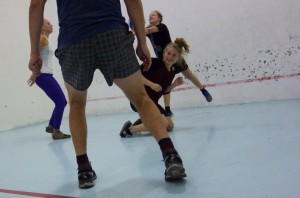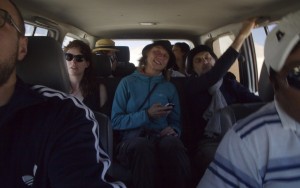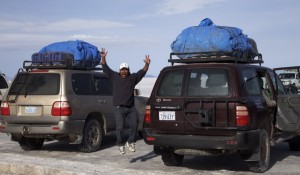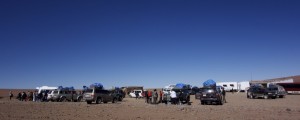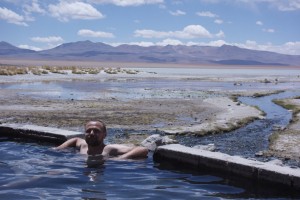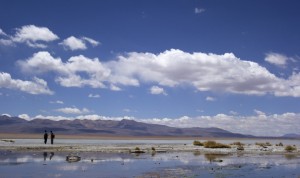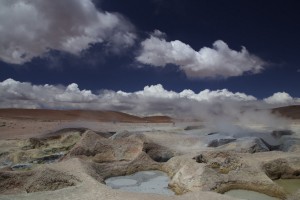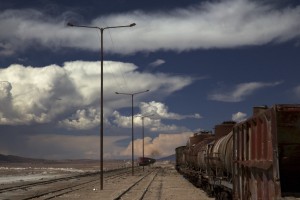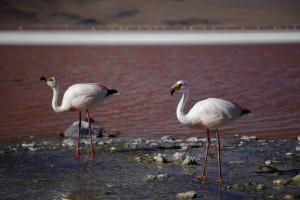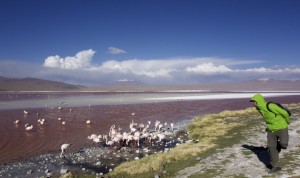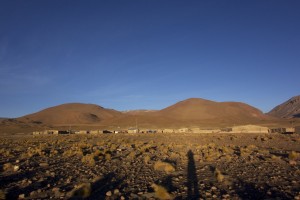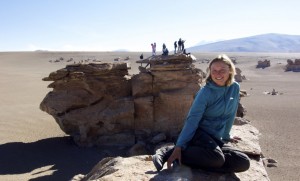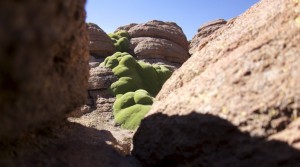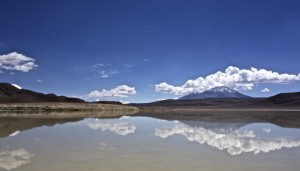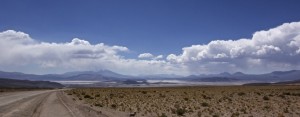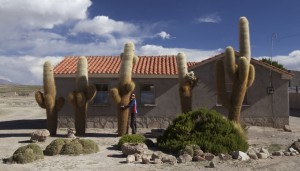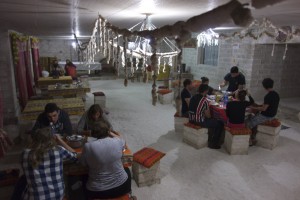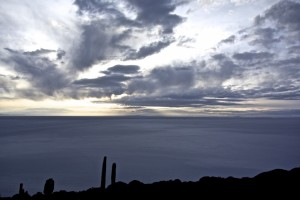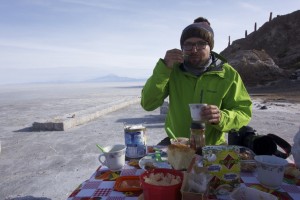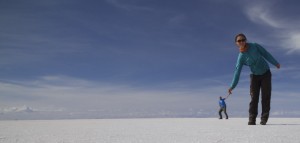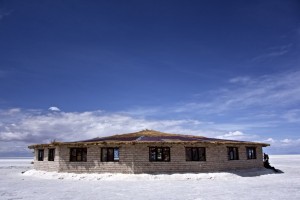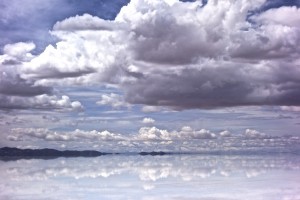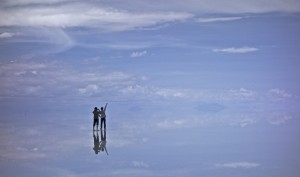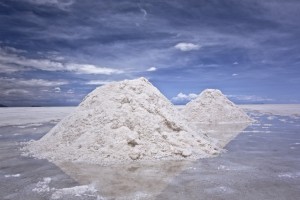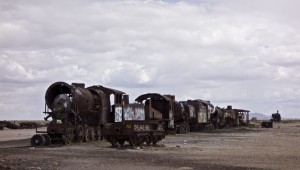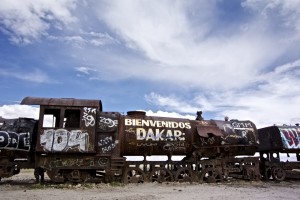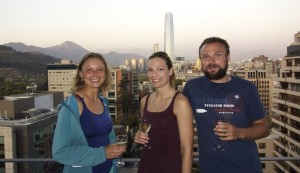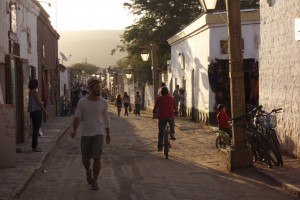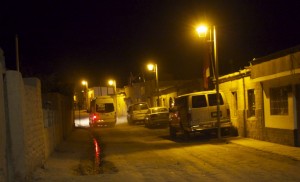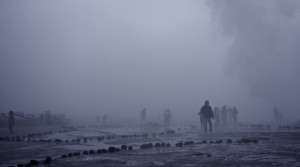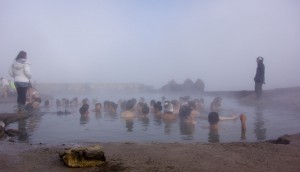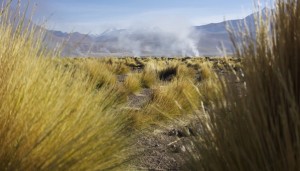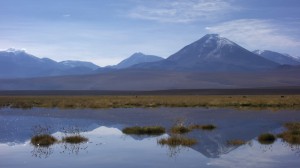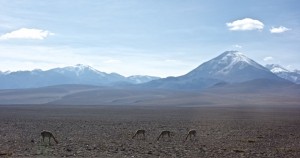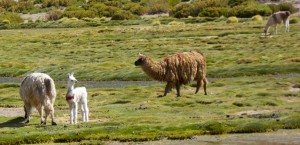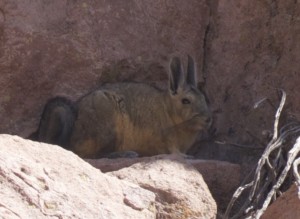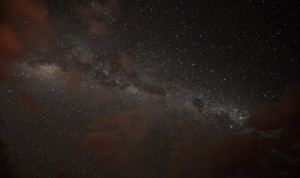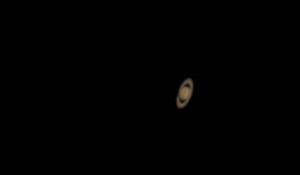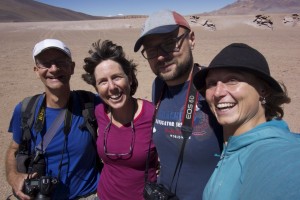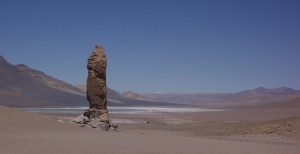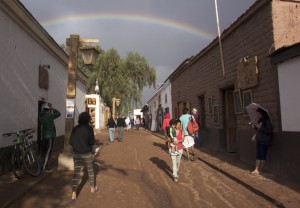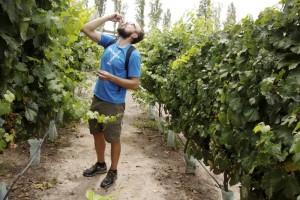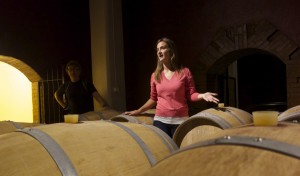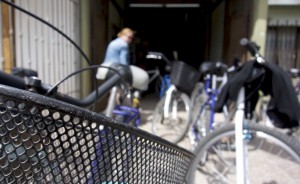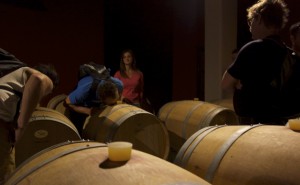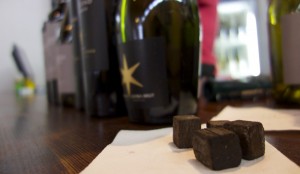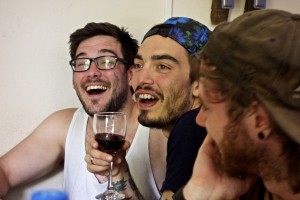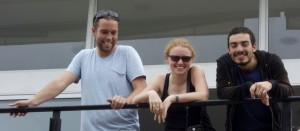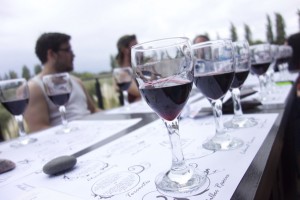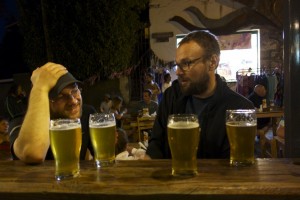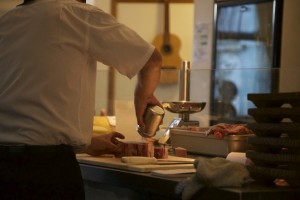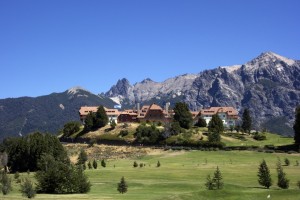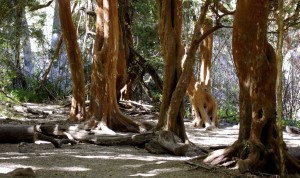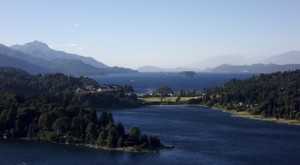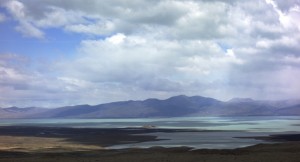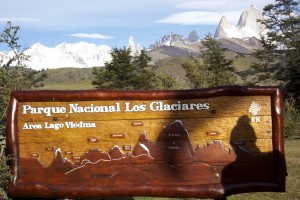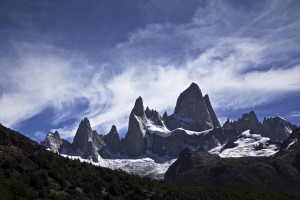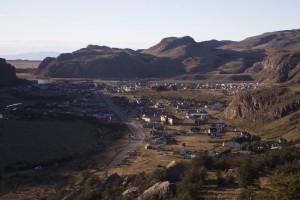Copacabana (the original one) is located at the Bolivian shore of the famous lake Titicaca. It’s a pretty quite place inhabited by quite some hippies along with the indigenous people. It’s popular with any kind of tourist, so you find quite a choice of cafés, restaurants and people trying to sell you trips to the close by islands or bus tickets.
While in Copacabana a trip to take is Isla del sol or the place where the sun god was born.
Boats to the island leave very day at 8:30 and 13:30 and you can just go down to the shore and buy a ticket for 3 US$. The boats look actually quite nice from far but turn out to be white colored wood with an attached diesel motor and get helplessly overloaded with tourist. When I first feared drowning due to a break down of the boat this fear was shortly after replaced by the fear of dying of carbon monoxid poisoning. It started raining so windows were closed and all the motor fumes accumulated in the inside of the wooden frame. However I seemed to be the only one concerned about that.

The boat was just a little packed with people and the fact that one motor was broken did not accelerated our journey.
After the total of three hours (not two as promised) we arrived in Challapampa at the nord end of the island. From here we headed to the famous Inca ruins (not without paying 10 BOV = 1.5US$ entrance fee) that seemed to us a bit to good looking to be thousands of years old, but who are we to judge. From the ruins most tourists including us head south to Yumami, but since we planned to stay there overnight we had all the time and the wide view over the lake, Bolivia and Peru almost to our selfs.
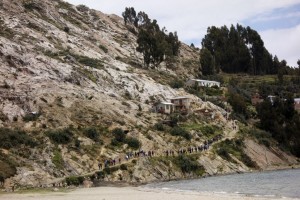
According to the ants, it must be a quite popular place. We stayed behind and had therefore all the attractions to ourself later.
Not far from Yumami we were hooked by a ten year old and his alpaca who sold us two his aunt, who owned a hostal in Yumami. It was quite simple but for 8$ per night we didn’t complained (later we found out that this is the average price and we could have gotten a better room). In a tiny restaurant in the middle of the eucalyptus forest we had our first candlelight dinner in South America and since the husband of the chief had a meeting until 8 pm we had a lot of time to enjoy the atmosphere (waited 2h for our food, but it was definitely worth it).
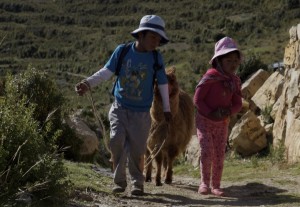
The little muggers and their Alpaca that hooked us to their aunts „hostel“. They even asked me for a tip later. Wonder what they raise their kids to here. 🙂
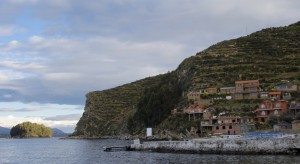
Yumami, spreading from the hill to the waterfront including some a famous Inca staircase and many donkeys which carry the beer for the tourists up the mountain.
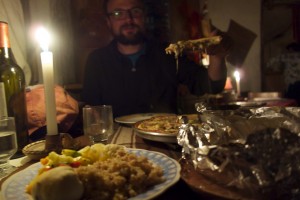
Finally, steamed trout (a specialty from lake Titicaca though imported to the lake from Canada) and Pizza!
The next day we chose the rout via all the small villages on the island and experienced a little village life, with all the cute and not so cute animals and all their leftovers on the path. Tom helped a old lady down the hill and a nice lama got the great idea to spit on me to Toms great amusement (didn’t even got a picture of it).
We left Copacabana Easter Friday, when it got really funny because lots of people from all over Bolivia pilgrim here. Luckily camping is allowed in Bolivia where it’s possible, so people just slept on the central plaza :).

